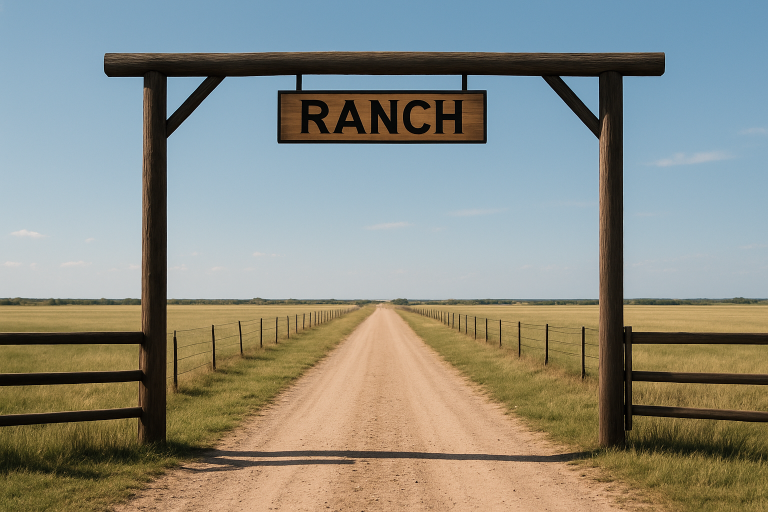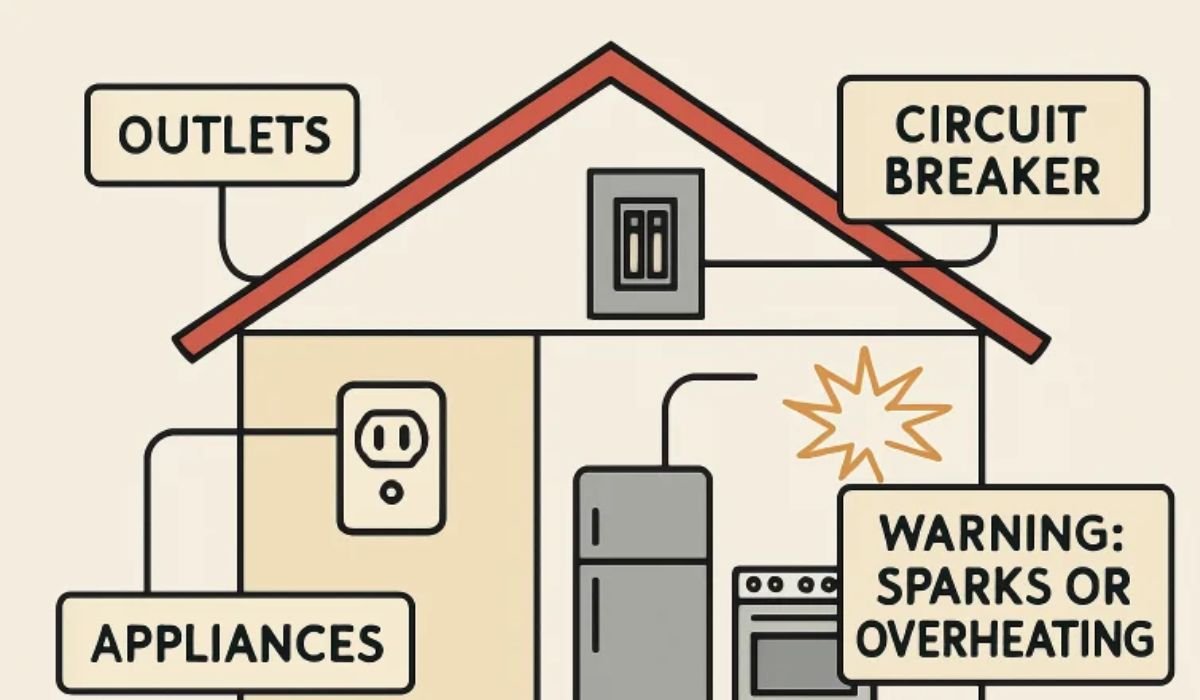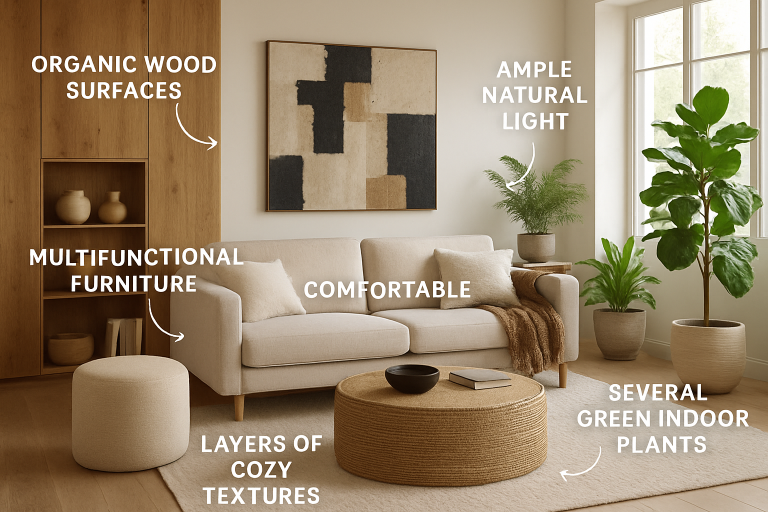Key Takeaways
- Assess the primary purpose of your gate to determine the appropriate design and features.
- Choose materials that balance durability, maintenance, and visual appeal.
- Consider the gate’s size and type based on your property’s layout and usage.
- Evaluate security features to protect your property effectively.
- Plan for long-term maintenance to ensure the gate’s longevity.
Table of Contents
- Determining the Purpose of Your Gate
- Selecting the Right Materials
- Choosing the Appropriate Size and Type
- Incorporating Security Features
- Planning for Maintenance and Durability
Choosing the right ranch gate involves more than aesthetics—it plays a vital role in security, functionality, and the overall impression of your property. Whether managing livestock, protecting equipment, or simply creating a welcoming entryway, your gate must suit your property’s unique needs. Factors like gate material, size, and durability should align with the terrain, usage patterns, and long-term maintenance requirements.
Equally important is sourcing from a trusted ranch gates and panels manufacturer to ensure the materials meet performance expectations. A well-constructed gate enhances access control and improves the property’s structural integrity. By considering practical requirements alongside design preferences, property owners can invest in a gate that looks good and stands up to daily use and environmental exposure over time.
Determining the Purpose of Your Gate
Every ranch gate serves a distinct role, shaped by the property owner’s priorities. Some gates are designed primarily to deter trespassers and improve security, and they are ideal for properties where protecting livestock, assets, or privacy is paramount. Others may prioritize ease of entry and exit for day-to-day use, optimizing accessibility for vehicles, equipment, and guests.
Consider the routine traffic flow through your main entrance and whether aesthetics play a significant role, especially if your ranch or farm is visible from the road. Identifying your goals at the outset will help you select features—such as custom designs, locking systems, or specific gate actions—that match your property’s requirements.
Selecting the Right Materials
Gate material influences everything from visual impact to maintenance routines. The three primary options—wood, metal, and vinyl—offer unique benefits and challenges.
- Wood: Delivers a timeless, rustic feel, often suited to traditional ranch aesthetics. Cedar, redwood, and treated pine are popular choices, each with durability and weather-resistant properties. However, all wood gates require regular attention, including sealing, staining, or painting, to defend against moisture, insects, and decay.
- Metal: Steel and wrought iron are well-known for their robustness and long service life. Metal gates are highly customizable, offering everything from intricate designs to minimalist structures. Routine inspections to check for rust and corrosion, particularly in humid or salty environments, help preserve their condition. Powder-coated finishes can further enhance their longevity.
- Vinyl: Vinyl is favored for its low maintenance qualities, as it resists moisture, warping, and discoloration. While it may not provide the same classic presence as wood or the heavy-duty security of steel, it’s an attractive option for property owners seeking a blend of affordability and resilience.
Weigh each material’s inherent style, lifespan, and maintenance needs against your preferences and commitment to upkeep.
Choosing the Appropriate Size and Type
The size and design of your gate should be customized to fit your land’s layout and functional needs. Incorrect gate sizing can impede daily operations or reduce security, so consider these guidelines:
- Width: The gate’s opening must accommodate your typical vehicles—trucks, trailers, tractors, or livestock. Industry standards recommend at least 14 feet for single gates and 16 feet for double gates, but larger openings may be necessary for commercial or agricultural equipment.
- Type: Choose between a single or double-leaf configuration, then determine whether a swinging or sliding mechanism suits your terrain and space constraints. Sliding gates work well for properties with limited approach space, while swinging gates often look traditional and may require less maintenance.
Incorporating Security Features
Protecting your property from unwanted entry is a leading concern for most ranch owners. The right security enhancements can transform your gate into a powerful deterrent while simplifying authorized access:
- Locking Mechanisms: High-quality hardware—such as padlocks, deadbolts, or electronic keypad systems—can boost protection against break-ins. Smart locks, when available, can also provide the convenience of remote monitoring and control.
- Height: A taller gate presents more difficulty for would-be trespassers and helps contain pets and livestock. Fence and gate heights should be coordinated for seamless coverage.
- Automation: Automated systems not only increase convenience but also improve security. They let you open and close the gate without leaving your vehicle and integrate with cameras or alarms when necessary.
Planning for Maintenance and Durability
A quality ranch gate is an investment that will repay you over the years if you commit to a sensible maintenance plan. Each material type brings its own checklist:
- Material Maintenance: Sand, paint, or seal wood annually. Inspect metal gates for rust or peeling coatings, especially at welded joints, applying touch-up paint as needed. Vinyl may only require occasional washing to maintain its color.
- Hardware Upkeep: Hinges, latches, sliding tracks, and automation equipment all need periodic lubrication and checks to guarantee reliable operation.
- Weather Resistance: Match your material choice to your climate: wet conditions may hasten wood decay, while metal may corrode in coastal areas. Adequate installation and protective finishes prolong the lifespan of any gate.
Diligent upkeep helps avoid costly repairs and premature replacements, ensuring your gate remains attractive and functional no matter what nature throws your way.
Thoughtfully choosing a ranch gate goes well beyond decoration or convenience—it’s about safeguarding your land while framing it with an entrance that conveys pride and care. Consider the unique balance of purpose, material, size, security, and upkeep to select a gate that stands out, supports your daily routines, and adds enduring value to your property.










